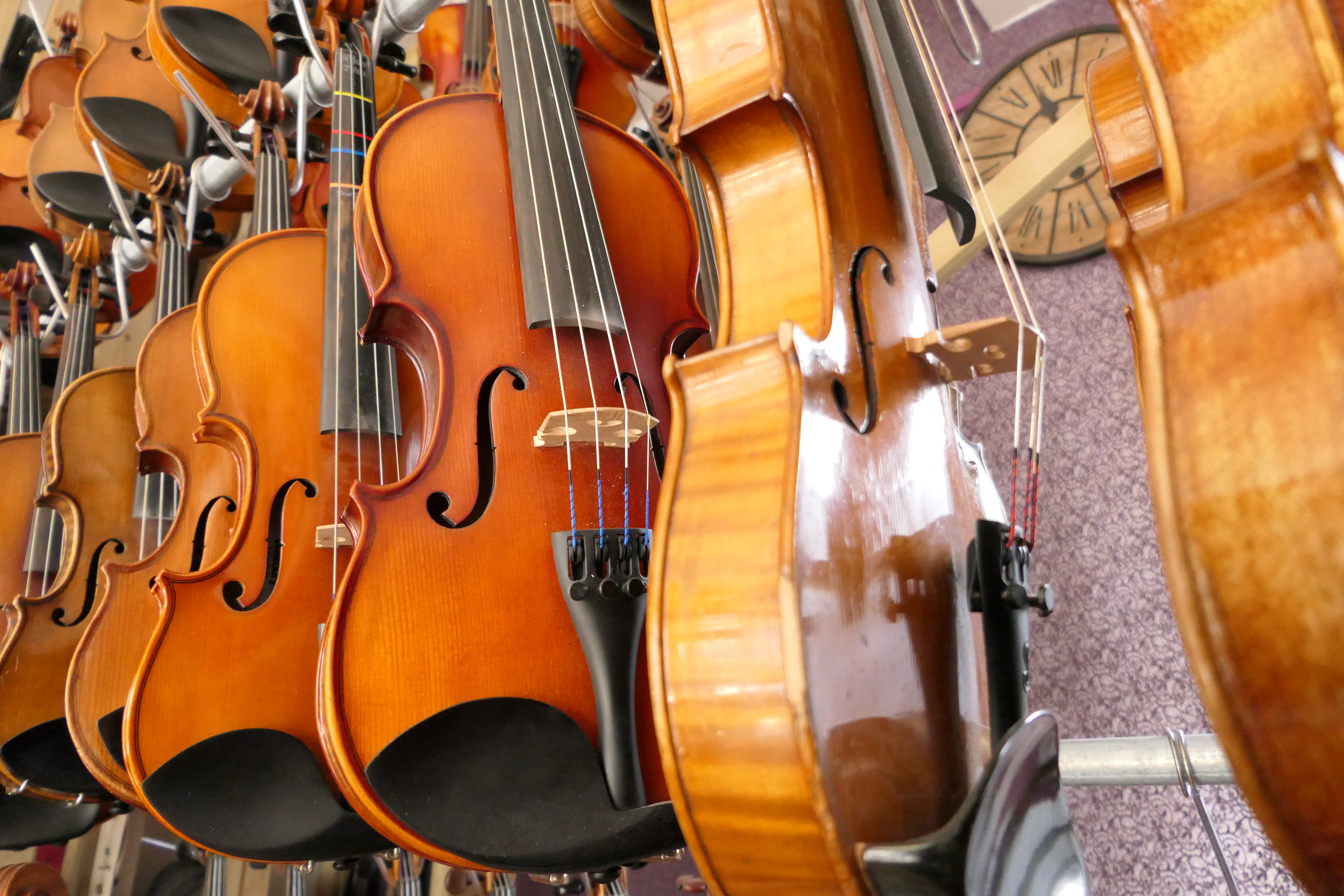Chapter 3: Scales – finally completed!
Scales are the secret to fast progress. Their relative simplicity allow you to focus on everything that matters:
INTONATION
SOUND QUALITY
RELAXATION
POSTURE
But scales have a bad reputation for being boring and confusing. Every scale is unique and unless you have a basic knowledge of music theory, they seem completely random. Finger patterns change almost every string, seemingly for no good reason what so ever!
In this chapter I have tried to make things accessible for all. The sheet music, which you can download if you like to practice away from the videos, is available with note names and without. Each individual scale comes with a visual representation of all finger patterns in first position.
HOW BEST TO PRACTICE THE SCALES?
That very much depends on what you want to achieve. Ideally you practice scales for the purposes mentioned above, but many people will just practice them because they have to. I did the same until in music college I realised just how helpful they really are.
Best practice is to understand what scales are. If you understand the structure, you can play scales without having to know the individual notes.
However, if you want to learn to read and become independent, I suggest you start each scale with :
NAME A NOTE – PLAY A NOTE
I find that students that really try this for a few weeks have far less problems learning new pieces. Make sure you make the distinctions between for example a G and a G#. They might look the same on paper, but your fingers do have to be somewhere else. The more consistent you are, the easier anyone will learn just how easy scales really are!
Once you know the notes, that is where the real learning can begin. For string instruments, scales are all about cleaning up foundation technique. INTONATION is an obvious one, but experimenting with different DYNAMICS, RHYTHMS & BOWING PATTERNS are very usefull as well. Then RELAXATION becomes the real priority. How to keep your current sound quality, intonation, etc. with less and less tension.
Solving hidden tension is a large part of every day practice and scales are perfect. You can manipulate them any way you like to address anything you want.
These scales by Charles de Beriot, are just a fun starter to the endless possibilities you have. They are simple, but progressive, and the duo parts for the teacher make them all the easier to learn with.
The videos provided will walk you through all 18 scales. First slowly and gradually the tempo will get faster. With each tempo there is also a recording of the accompaniment you can work with. If you pay attention it will help develop your intonation and musician ship without much effort at all. You just need a little patience!
Good luck and please, any feedback and or financial help is very much appreciated!

